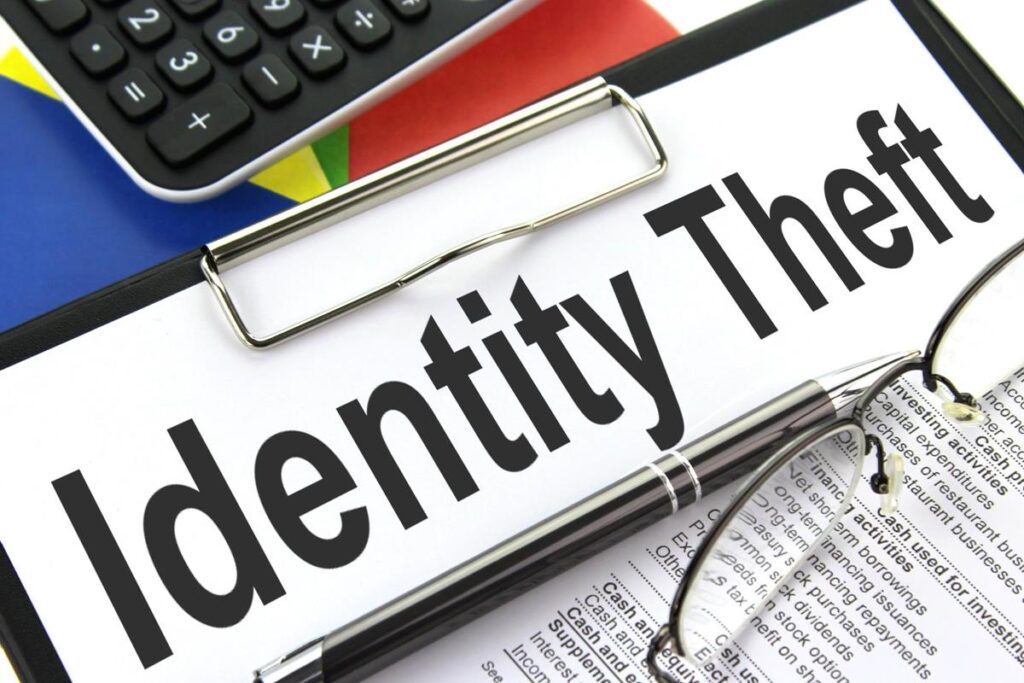
What is identity theft? and how do you protect your finances
Avoid Identity Theft and Protect your Finances. Identity theft is the fraudulent collection and use of your private personal or financial information. Here, like your Social Security number, name and address, credit card numbers, bank account numbers, and medical insurance numbers. At the very least, identity theft can cause unwanted stress.
In worst-case scenarios, identity thieves can attempt to apply for new credit accounts in your name. Also, make fraudulent purchases, submit health care claims, or file fraudulent tax returns in an attempt to collect your tax refund. In some cases, identity thieves sell the stolen information to other identity thieves on the dark web.
Financial Loss
Identity theft can result in financial loss, credit damage, medical debt, and IRS penalties and investigation. If you’re a victim of identity theft, you may need to set up new accounts and get new copies of your debit and cards. Depending on the severity and nature of the identity theft, you may need to file an identity theft report with the Federal Trade Commission (FTC) and get the police involved. Recovering from identity theft often takes months, and sometimes years.
Common types of identity theft and warning signs
Avoid Identity Theft and Protect your Finances. Understanding the most common types of identity theft can help you protect your personal information and finances. Here’s a closer look at what to watch out for and what to do if you suspect you’ve been an identity theft victim.
Digital identity theft
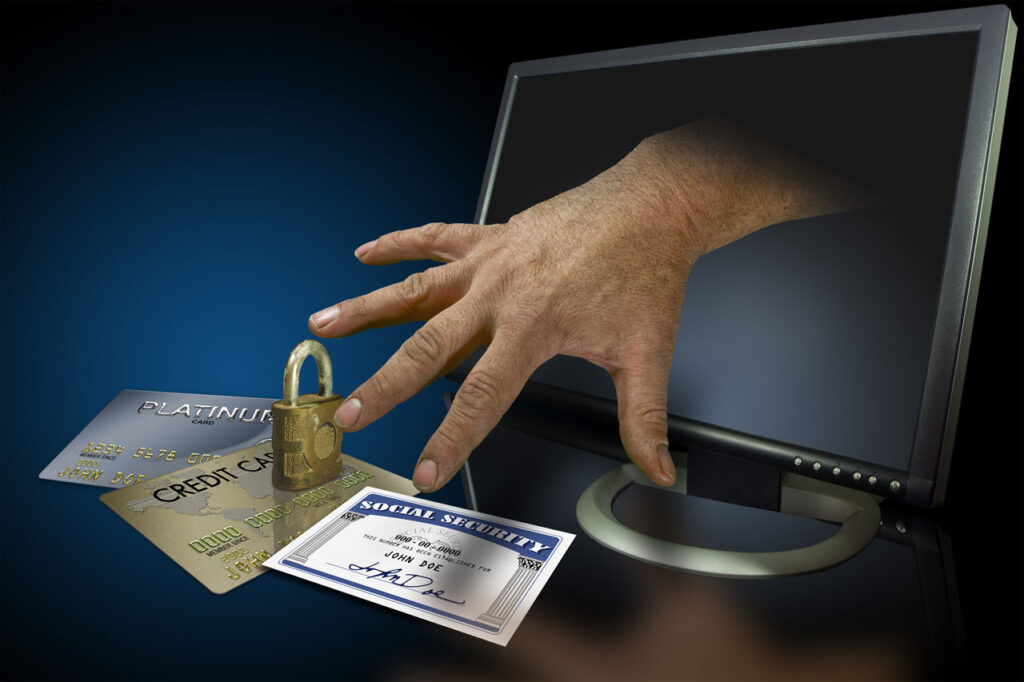
Digital identity theft happens when your personal information is accessed through the internet. In this case, it can take many forms including Wi-Fi hacking, malware activity, phishing attacks, and data breaches.
Here’s a closer look at warning signs of digital identity theft and what to do next.
Wi-Fi hacking

Using public Wi-Fi to browse the web can put you at risk for identity theft. Major sites are generally safe. But, on lesser-known sites, thieves can easily intercept private information on unsecured networks. So then, never enter private information like credit card details or your Social Security number on unknown sites.
If you see suspicious charges on your financial statements or new accounts on your credit reports, you may need to report the fraud to your bank and the major credit bureaus. However, your bank can freeze your accounts and reimburse any fraudulent charges. And you can also freeze your credit to prevent new accounts from being opened in your name. Consequently, if someone has already opened new accounts under your name, reach out to the provider to close them, and report the information to the credit bureaus. In severe cases, you may need to call the police.
Phishing emails and text messages
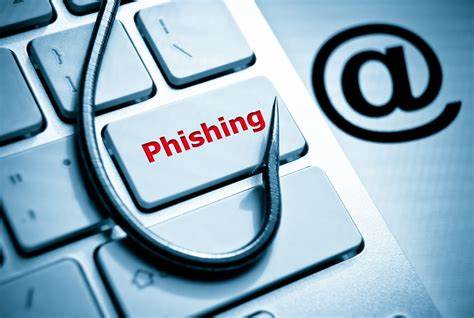
Watch out for messages that look like they’re coming from reputable sources. As a result, these messages are often an attempt to get you to open a malware-infected attachment or click through to fake websites where you enter your personal information.
Above all, if you receive a suspicious-looking message, do not open it. When possible, report as “phishing” or “spam” and then delete the message. But do not click on any links or attachments if you open a phishing message by accident. Besides, for additional protection, consider adding malware-protection software to your devices.
Data breaches
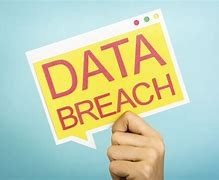
Data breaches occur when identity thieves gain access to sensitive data, like usernames, passwords, addresses, and credit card information. You may hear about a data breach on the news, or if you have a compromised account, you may be notified to take special action like resetting your password.
You can minimize risk after a breach by using different login information for all of your accounts and signing up for identity theft protection services. These services will track your accounts, monitor the dark web for your personal information, and help you recover after the breach.
Mail theft

Fraudsters may also steal from your mailbox, trash, or recycling to get their hands on documents like your bank and credit card statements. If they find personal and financial information in the paperwork, they may be able to use it to make purchases, open new accounts, or run other scams. Thieves may also intercept credit card offers or other credit promotions to open new accounts in your name.
Use a Shredder
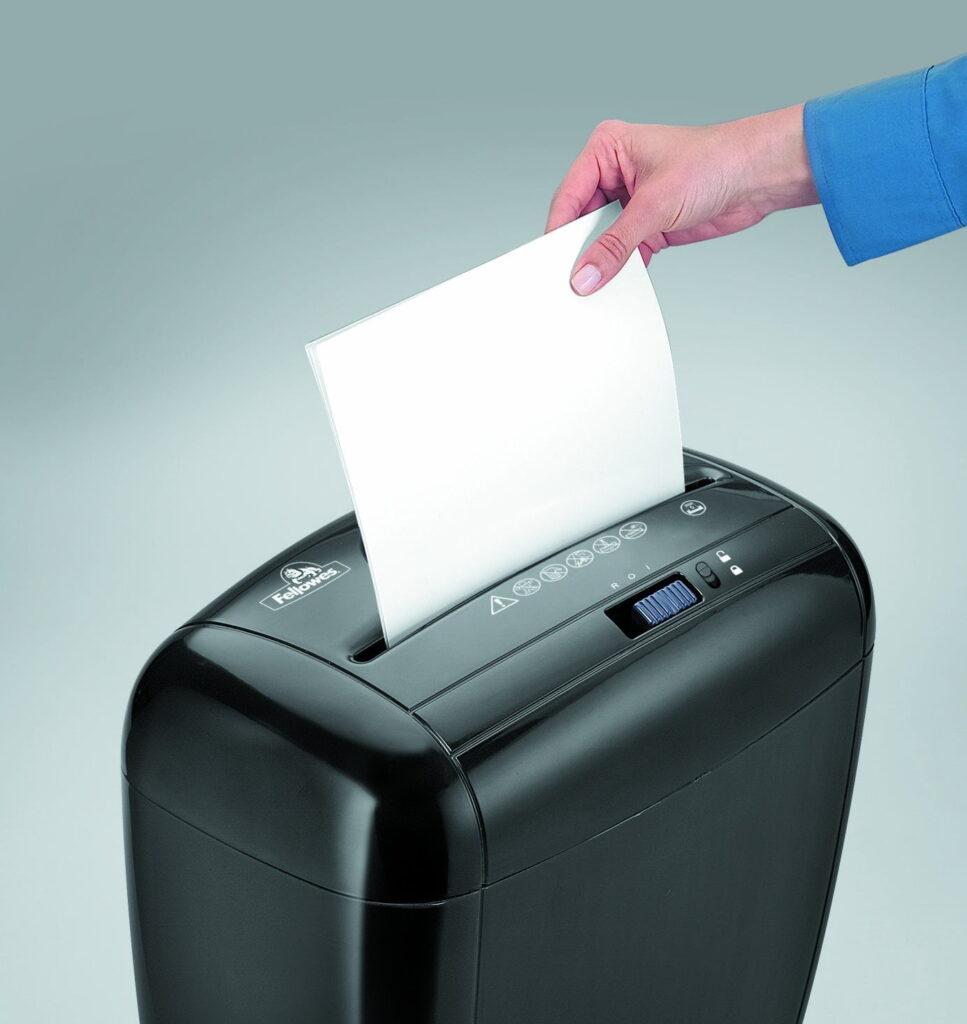
Shred mail and financial statements before tossing them in the trash to prevent private data from getting into the wrong hands. Or sign up for digital statements to reduce the amount of mail you get. To further deter thieves, consider setting up cameras and locking your garbage and recycling cans.
If you suspect someone has stolen or tampered with your mail, keep an eye out for fraudulent activity. Check your financial statements for fraudulent charges, look through your credit reports for new accounts opened in your name, and review your health insurance claims for fraud. Alert your bank and all three credit agencies, so they can take appropriate action to close your accounts and freeze your credit file. Consider calling the police to file a report. [2] [4]
Credit card theft
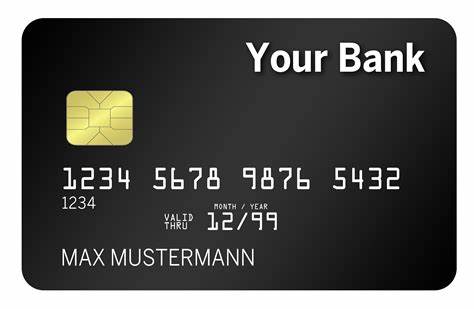
Avoid Identity Theft and Protect your Finances. Thieves may be able to steal your credit card information using different methods. For instance, this may happen online when you enter your credit card information without using a secure internet connection or when you enter your card details into an unreliable website. Hackers may intercept information like your credit card number, security code, and expiration date.
Thieves can use various methods to steal your credit card information. They might watch you type your card details in public settings such as libraries or cafes. They could also call you and attempt to phish for your credit card details or steal your smartphone to access the cards stored in your digital wallet. Additionally, new technology allows thieves to scan your card information while it’s inside your wallet or when you use it to make a purchase in public.
If you suspect you’ve been a victim of credit card theft, contact your card issuer immediately. The issuer can cancel any fraudulent charges made on your card. Consider reporting the theft to the police, especially if your wallet or phone was stolen. You can also contact the credit bureaus to freeze your credit.
7 steps to prevent identity theft
Avoid Identity Theft and Protect your Finances. You can never be too careful when it comes to protecting yourself from identity theft. Below are seven steps you can take to help protect yourself from identity theft and keep your information safe.
1. Protect your devices with a password
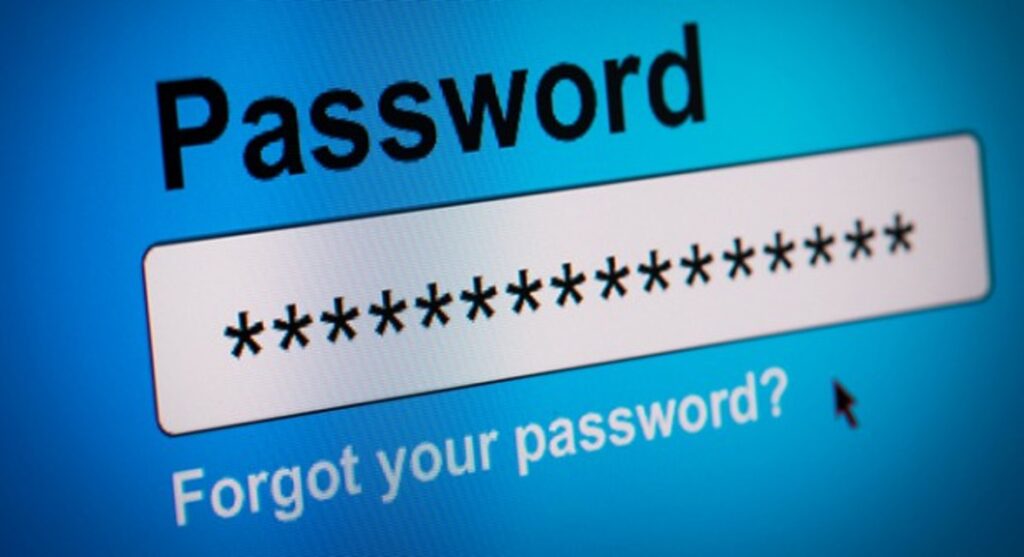
Avoid Identity Theft and Protect your Finances. Add a password to your smartphone, laptop computer, tablet, and any other devices you use to connect to the internet. In the unlucky chance your device is lost or stolen, a password helps prevent access to personal information, mobile wallets, apps, and other private data stored on your device.
For added security, consider using biometric tools like facial recognition or touch identification, commonly found on mobile phones, tablets, and some laptops. Be sure all device-tracking settings are turned on so you can locate your device if it goes missing. Some devices also allow you to remotely lock access or wipe all data. [2] [4]
2. Use strong passwords
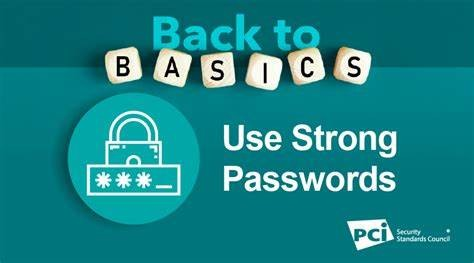
Secure your online accounts and apps with strong passwords that include a mix of numbers, letters, and characters. Stay away from easy-to-guess passwords like pet names or important dates. For added security, consider using computer-generated passwords. A password manager, like iPhone’s Keychain, can help keep passwords safe.
If you’re unable to use a strong password, experts recommend using a lengthy phrase with numbers and characters to better secure your private information. Try not to use the same password on multiple sites or apps. That way, if your password is compromised, criminals won’t be able to hack multiple accounts.
3. Use two-step authentication

Two-step authentication provides an additional layer of protection beyond a standard username and password. When you have two-step authentication turned on, you’ll sign into your account using your credentials and then provide additional information to verify your identity. For instance, you may need to type in a personal identification number (PIN) or a code sent to your phone or email.
More advanced apps, like banking tools, may even allow you to add facial recognition or fingerprinting for additional protection. Ideally, two-step authentication should be used whenever available. At the very minimum, you should add two-step authentication to protect financial information in your online credit card and bank accounts, P2P payment apps, and social media accounts. [2] [4]
4. Protect personal information
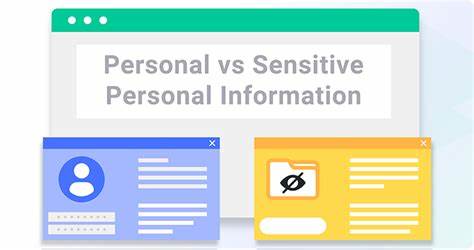
Identity thieves are typically after personal details like your name, address, phone number, date of birth, and Social Security number. Keep your guard up when entering personal information into websites and apps—especially if you’re using a public internet connection. Don’t let anyone see what you’re typing, and consider adding a privacy screen protector to shield your device from prying eyes. Install a VPN, or virtual private network, for further protection.
When sharing personal information by phone, be aware of who may be listening to your conversation. It’s also important to protect your personal documents. Don’t carry private paperwork like your Social Security card or birth certificate. And be sure to shred ATM receipts, credit card statements, actual credit cards, and bank statements before throwing them away. Criminals have been known to rummage through garbage and recycling bins looking for sensitive information. [2] [4]
5. Be careful when disclosing financial information
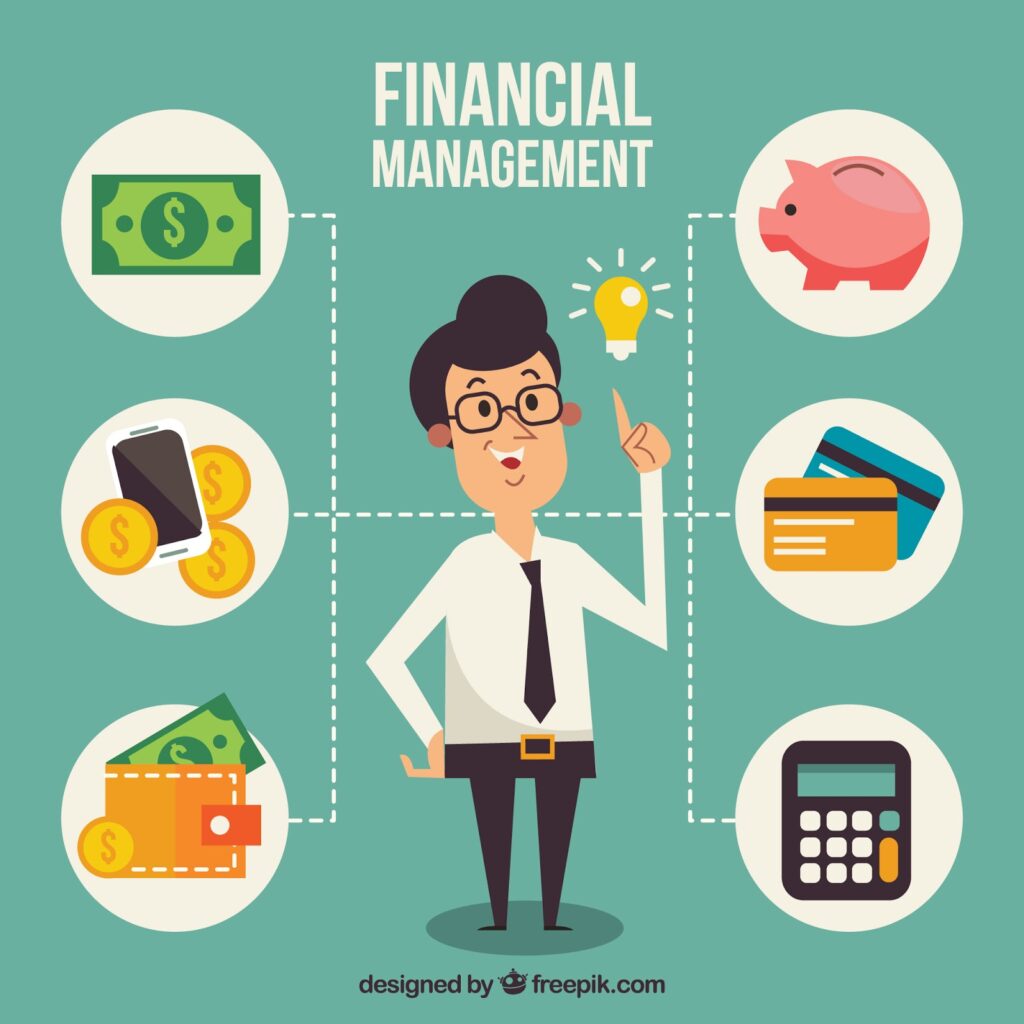
Never give your credit card number over the phone, unless you made the call and you’re certain you’re dealing with a legitimate company. And if a random caller contacts you, don’t provide any private or personal information—like your full name, birth date, or Social Security number. Learn how to spot the tricks scammers use.
For example, representatives from a legitimate lender or financial institution will never ask you to wire them money over the phone. Thieves may also try to access your financial information online or over text. You may receive a phishing email asking you for credit card information to cover the cost of an order or shipping. Never provide financial details online unless you’re sure the company is trustworthy. [2] [4]
6. Be mindful on social media

Think carefully about what you post on Facebook, Instagram, TikTok, LinkedIn, and other social media apps. Identify thieves may use information shared on social media to hack usernames and passwords. For example, avoid sharing your pet’s first name on social media, especially if you’ve used the name to answer a security question.
Additionally, watch out for connection requests or messages from people you don’t know. These could be attempts to steal your information. Sharing personal details or financial information over social media (or dating apps) is also not advised.
7. Regularly review credit reports and financial statements
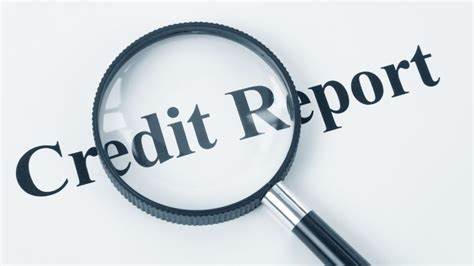
Review your bank account and credit card statements monthly. Notify your financial institution, bank, or credit card company if you find any unauthorized transactions. Make sure you review your credit reports at least every few months. You can access free copies of your credit reports once a week from the three major credit bureaus—Equifax, Experian, and TransUnion—at AnnualCreditReport.com.
Alert the credit bureau in writing if you find errors or signs of identity theft, such as new accounts you didn’t open. Follow up with the credit bureaus until they remove any inaccurate information. If you lose your wallet, credit card, or debit card, don’t wait for a fraudulent charge before contacting your bank or financial institution. Immediately freeze the accounts to prevent fraudsters from making purchases, and sign up for a credit-monitoring service that will alert you about suspicious transactions.
DONATE
Pensioner Fitness Awards
THE BUSINESS CONCEPT, BEST IN BUSINESS AWARDS
- “MOST INSPIRING SENIOR WELLNESS WEBSITE 2023“
THE GLOBAL HEALTH AND PHARMA, FITNESS AND NUTRITION AWARDS
2. “BEST SENIOR FITNESS AND NUTRITION SPECIALIST 2023“
THE MIDDLE EAST AND AFRICA BUSINESS AWARDS
3. “ MOST INCLUSIVE FITNESS PROVIDER 2023″
THE CORPORATE LIVE WIRE GLOBAL AWARDS 2023/2024
4. ” FITNESS ADVISORY PLATFORM OF THE YEAR“ 2023/2024
In Conclusion
Identity theft is a very serious matter that can cost you time and money. Depending on the severity you may need to get the police involved, and it can take months or even years to recover. New scams and technology to steal your data occur frequently.
Take steps to protect your personal and financial information, and consider using one of the many identity theft protection services available for added security. If you suspect you’ve been a victim of identity theft, take action immediately, or visit identitytheft.govto learn how to report identity theft and get help with a recovery plan.
Important Note *
Remember that everyone is different, it is ultimately YOUR RESPONSIBILITY to find what your body responds to. So please do your due diligence before trying anything new, including getting Medical Advice to ensure your safety and peace of mind.
Connect with me and leave a comment